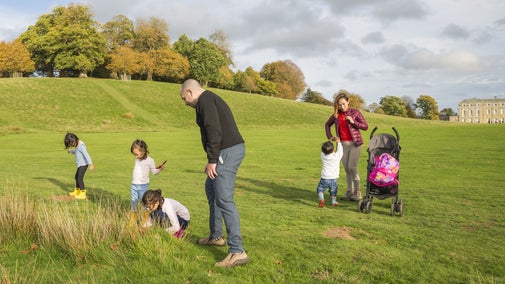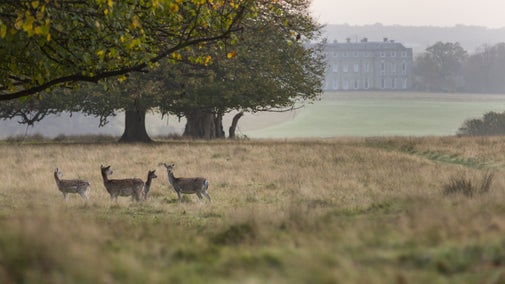Petworth ancient trees walk
Sussex
Petworth Park is home to some of the country's oldest and most venerable beeches, limes and oaks, including one that dates back to the Norman Conquest. Discover more about the ancient trees that dominate the skyline of Petworth on this circular walk.
Near to
PetworthStart point
Petworth Park car park, grid ref: SU966238 (not Petworth House car park)Trail information
Get in touch
Our partners

We’ve partnered with Cotswold Outdoor to help everyone make the most of their time outdoors in the places we care for.
You might also be interested in
Eating and shopping at Petworth House and Park
Enjoy food and drink in the historic Audit Room Café. Shop for art inspired gifts, pick up a plant to take home or browse for the perfect pre-loved book.

Family-friendly things to do at Petworth House and Park
With plenty of space to run, jump and play there's lots to fun for families to have at Petworth.

Staying safe at National Trust places
The special places in National Trust care sometimes come with a few risks for visitors, be it coastline or countryside. Find out how to keep safe throughout your visits.

Follow the Countryside Code
Help to look after National Trust places by observing a few simple guidelines during your visit and following the Countryside Code.

Cotswold Outdoor: our exclusive walking partner
Learn about the National Trust’s ongoing partnership with Cotswold Outdoor. Find out how they help us care for precious places and the exclusive discount available for National Trust supporters.

Walking in Sussex
Explore coastal paths, open parkland and countryside teeming with wildlife on these top walks in Sussex.

Walking
Explore some of the finest landscapes in our care on coastal paths, accessible trails, woodland walks and everything in between. Find the best places to walk near you.


